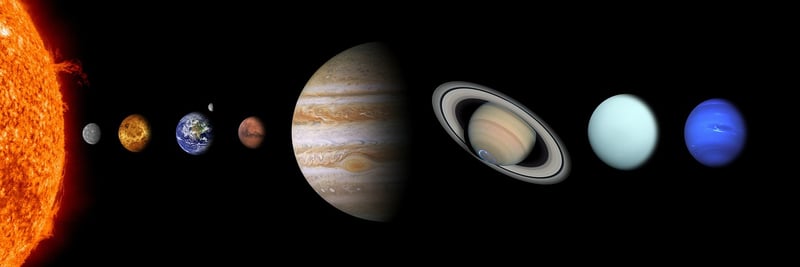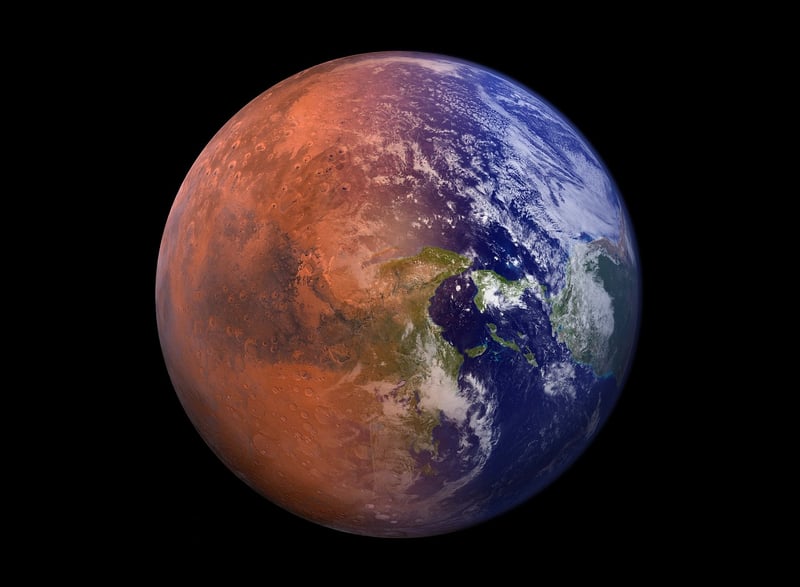Mars Terraforming
The Future of Space Exploration: Utilizing Space Resources for Mars Terraforming

As humanity looks towards the stars, the idea of colonizing other planets has become a hot topic of discussion. Mars, our neighboring red planet, stands out as a prime candidate for potential human habitation. However, the harsh conditions on Mars make terraforming - the process of transforming a planet to be more Earth-like - a necessary step for long-term sustainability.
Why Mars?
Mars has long captured the imagination of scientists and space enthusiasts alike due to its similarities to Earth. With a day length and axial tilt similar to Earth, Mars offers a familiar environment for potential colonization. Additionally, Mars has abundant natural resources that can be leveraged to support human life.
Utilizing Space Resources
One key aspect of terraforming Mars is the utilization of resources found in space. This includes extracting water from the polar ice caps of Mars, mining minerals from asteroids, and harnessing solar energy for power. By tapping into these resources, we can reduce the need to transport supplies from Earth, making Mars colonization more sustainable and cost-effective.
Water Extraction
Water is essential for life, and Mars is believed to have vast reservoirs of frozen water beneath its surface. By developing technology to extract and purify this water, we can create a sustainable source of water for future Martian settlers.
Asteroid Mining
Asteroids are rich in valuable minerals and metals that can be used for construction, manufacturing, and fuel production. By establishing mining operations on asteroids near Mars, we can access these resources and reduce the need to transport materials from Earth.
Solar Power
Mars receives ample sunlight, making solar power a viable and sustainable energy source for future colonies. By deploying solar panels on the Martian surface, we can generate electricity to power habitats, vehicles, and other infrastructure.
The Challenges of Mars Terraforming
While the concept of terraforming Mars is exciting, it also poses significant challenges. Mars lacks a protective atmosphere and magnetic field, making it vulnerable to solar radiation. Additionally, the low gravity on Mars can have long-term effects on human health. Overcoming these obstacles will require innovative technological solutions and international cooperation.
Conclusion
Utilizing space resources is key to the successful terraforming of Mars and the establishment of sustainable human colonies. By harnessing the resources available in our solar system, we can pave the way for a future where humanity expands beyond Earth and explores the vast expanse of space.
Are you excited about the future of Mars colonization? Share your thoughts and join the conversation on NASA's Mars Exploration Program website.
